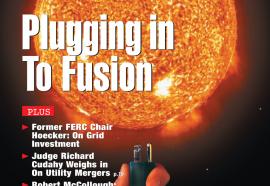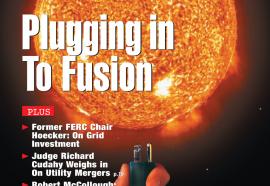East Vs. West: Growing the Grid
The models and motives behind tomorrow’s transmission expansion.
Major transmission projects based on two distinct models are showing signs of life. What can these projects teach us about future transmission investment?








